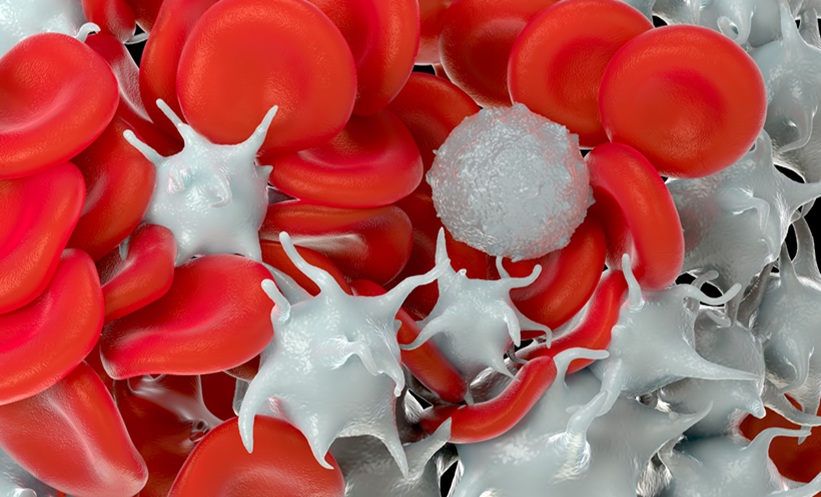INTRODUCTION
In 2016, the World Health Organization (WHO) set out its vision to combat the significant morbidity and mortality associated with viral hepatitis.1 This strategy for viral hepatitis elimination has been adopted by many countries worldwide and, in January 2018, the National Health Service (NHS) in England committed to achieving this by 2025, a full 5 years ahead of the WHO plan. However, there are many cultural, economic, societal, strategic, and organisational barriers to overcome to see this ambition turned into reality. One of the critical populations in this battle to achieve elimination is people who inject drugs (PWID), who in the UK represent 85% of the hepatitis C virus (HCV)-infected prevalent population. PWID also represent majority prevalent populations in many other developed countries, such as the USA, Australia, and most Western European countries. Such individuals are often extremely marginalised and require tailored management to help overcome the significant barriers they experience in accessing HCV care.
In this opinion piece, I will share with the reader some of the lessons I have learnt over the last 5 years that I have been treating PWID in different settings. It is important to state that I do not claim that this is an exhaustive list and neither do I claim to have all the answers to the many difficulties I and others face in trying to ensure adequate penetration of services into this vulnerable population. Furthermore, where I make generalisations in the following text, I am by no means discounting that there are exceptions to the rule, and I hope the reader forgives me this indulgence. Finally, I will not be discussing management of PWID in the secure setting, as this is a topic worthy of separate consideration.
LOCATION IS KEY
It is abundantly clear that the attendance of PWID (especially active users) at secondary care institutes is extremely poor.2 Through their life experiences, most of these people develop a deep mistrust of societal structures and institutions. Many suffer from extremely low self-esteem, which is often enforced by the way most of society treats them. Imagine for a second what it must feel like to be homeless in a major urban city and have thousands of people walk past you every day without even looking at you or giving you the time of day. It is unsurprising, therefore, that such individuals do not choose to follow secondary care institutions’ rigid and regimental appointment rules. Even if they had the will to attend, transport costs are often prohibitive. This has led to many clinical teams locating services in areas where PWID already access services. Indeed, the majority of such outreach clinics in the community are co-located in drug and alcohol services where opiate substitution therapy (OST) is administered, in needle exchanges, or in homeless hostels. Setting up such clinics involves the engagement of local healthcare managers in the vision of hepatitis elimination and a clear explanation of the benefits of effectively running a secondary care clinic in a different location.3 Contracting with multiple stakeholders is often required and set-up times can be lengthy. Indeed, in my experience, 2 years is not an unusual time frame.
In addition, it is important to stress that co-location does not guarantee immediate success. Advertising the clinic, educating and motivating colleagues working in the aforementioned services, and changing the stigma associated with HCV, as well as countering some of the myths from the interferon era that are still pervasive, are all required to stimulate linkage to care. It is not unusual for a lag period of 6–12 months to be required prior to successful engagement in the service. Ongoing motivation of the staff in drug and alcohol services is required to change the culture surrounding HCV.
ENGAGEMENT WITH THE INDIVIDUAL PATIENT
As previously mentioned, PWID often have an inherent mistrust of healthcare professionals (HCP), as well as extensive experience of being talked down to or treated as inferior. The first consultation is, therefore, critical in establishing a degree of trust in the individual patient and reassuring them that the sole focus is on their health, with no hidden agendas. A casual, non-judgemental consultation style works best in my experience and, over time, I have learnt more of the lexicon of the street. In my experience, referring to ‘pins’ rather than needles, talking about ‘snowballing’ for the practice of using both heroin and cocaine at the same time, and enquiring about the background of the individual and how their mental health is at present, all help to break down some of the traditional barriers that HCP encounter in dealing with PWID. I often find myself agreeing with my patients when they recount stories of how badly they were treated when they were admitted to hospital or during other encounters with the healthcare system, and such empathy also helps to develop a useful bond. Simple as it sounds, treating the patient as a fellow human being who has been unfortunate in their life experience to date (regardless of whether this was through their own choices) is the single most important means of gaining trust. Each of these individuals has a life story and enquiring about it, even briefly, has helped me to start to understand some of the real challenges that these patients face and has helped me to frame the importance of HCV treatment within these.
As a hepatologist, I had always had a liver-centric view of HCV. It has become clear to me, however, that discussing the need to avoid development of liver failure in 10–20 years is insufficient to motivate many of the patients I see in outreach to engage with HCV treatment. This has been recently demonstrated in qualitative research from Australia.4 Instead, focussing on side effects, such as tiredness, itching, or the ill-defined concept of ‘brain fog,’ and the potential to improve these with curative HCV therapy, is more helpful in gaining traction with this patient group.
Finally, linkage to care is always better when individual patients are engaged with OST services.5 While this may indicate the patient is starting on the road of recovery, it also provides a structure for HCV therapy. Indeed, tying in HCV therapy with OST pickup has been demonstrated to be efficacious in community pharmacies as well as other settings.6 This should be taken into consideration when setting up services.
THE CRITICAL ROLE OF CONTINUITY, FLEXIBILITY, AND THE CLINICAL NURSE SPECIALIST
PWID can be very distrustful of HCP, as already discussed. Building trust is crucial. Meeting and starting to engage with the person who will see them through their treatment at the first appointment is, therefore, important. I am extremely privileged (as are many of my colleagues) to work with a fantastic team of prescribing hepatitis clinical nurse specialists who treat our patients. They start to build up a rapport with the patients from the first clinical consultation with myself and continue this through to the sustained virologic response (SVR) visit and beyond. As such, it is important for the patient to see the same person (or a maximum of two people) throughout the treatment journey for this trust to be maintained. This continuity engenders better engagement, in my experience.
Furthermore, being flexible in the therapeutic relationship is also key to success. For example, arranging for the supplies of medicines to be couriered to the patient’s home if they are unable to attend or giving 1 week’s supply at a time for homeless patients who have nowhere to store a larger supply are both approaches that we have had to adopt. Similarly, flexibility in appointment times is critical. In this era of increasingly personalised medicine, I see no reason for this population of patients to be denied such an approach by insisting that they strictly adhere to rigid treatment protocols.
Finally, given the often difficult venous access in many PWID and given the high level of safety of modern direct-acting antiviral agents, on-treatment monitoring should be kept to a minimum, if not dispensed with all together. Indeed, in my practice we have very much moved towards a dry blood spot test (DBST) approach, with some patients only having a DBST at the start of treatment and a DBST at the SVR 12 weeks post-treatment timepoint to confirm cure.
PEER SUPPORT IN HCV OUTREACH SERVICES
There is increasing evidence that peer support in HCV clinics treating PWID significantly increases engagement and linkage to care.7 This is indeed mirrored in my own experience. The Hepatitis C trust in the UK has expanded its peer co-ordinator pool over the last 1–2 years, and our services have been beneficiaries of this. While there is a lag period associated with training and integration of peers in HCV services, the benefits they bring are immense. Peers often relate to PWID in ways that most HCP are unable to. There is not the same inherent initial level of mistrust that exists towards HCP and the language that peers use is more relatable. Furthermore, peers can provide emotional support, reassurance through their own experience of HCV treatment, and logistical support through help with travel and reminders for appointments. They help engage individuals who we would have found impossible to reach using traditional methods.
Another avenue linked to peer programmes is providing PWID with voucher-based incentives to attend the first HCV clinic appointment. While there may be ethical objections to this among some HCP, in my experience such schemes help engage individuals and, when paired with strong peer support, can improve linkage to care in the even more marginalised PWID. The other important thing to state is that such individuals often require multiple points of contact and offers of appointments before they eventually engage with HCV care. Often this is because offers of support correspond with short windows of engagement in their often chaotic drug use. Successful engagement with HCV care can lengthen these windows of stability in their lives and with linkage into OST services can trigger the start of a full recovery journey. Once again, the lived experience of peers plays a crucial role in enabling this.
Finally, it is important to state that some PWID will never engage with HCV treatment, regardless of how many points of engagement they are offered or how many enablers are put into place. Although disappointing, HCP and peers should not feel disheartened by this. Instead, they should continue to try to engage with those individuals who show willingness, however small, to discuss their HCV status.
CONCLUSIONS
The management of PWID within the HCV continuum is associated with many challenges that are not traditionally faced by HCP in their normal working lives. However, the potential to provide truly transformative care to marginalised and vulnerable individuals, as well as the knowledge that managing such patients represents the frontline in the battle to achieve HCV elimination, more than makes up for some of the frustrations that can be felt. I have found it a truly rewarding experience.








